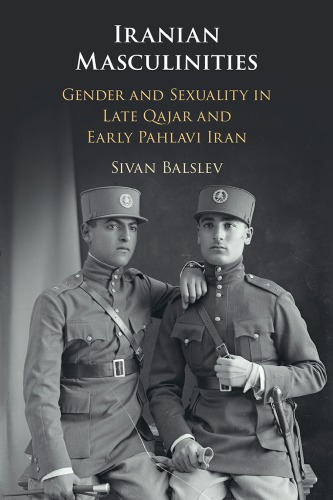

Most ebook files are in PDF format, so you can easily read them using various software such as Foxit Reader or directly on the Google Chrome browser.
Some ebook files are released by publishers in other formats such as .awz, .mobi, .epub, .fb2, etc. You may need to install specific software to read these formats on mobile/PC, such as Calibre.
Please read the tutorial at this link: https://ebookbell.com/faq
We offer FREE conversion to the popular formats you request; however, this may take some time. Therefore, right after payment, please email us, and we will try to provide the service as quickly as possible.
For some exceptional file formats or broken links (if any), please refrain from opening any disputes. Instead, email us first, and we will try to assist within a maximum of 6 hours.
EbookBell Team

4.1
70 reviewsThe transition from Qajar rule in Iran (c.1789–1925) to that of rule
by the Pahlavi dynasty (1925–1979) set in motion a number of shifts in
the political, social, and cultural realms. Focusing on masculinity in
Iran, this book interweaves ideas and perceptions, laws, political
movements, and men's practices to spotlight the role men as gendered
subjects played in Iranian history. It shows how men under the reign of
Reza Shah dressed, acted, spoke, and thought differently from their late
Qajar period counterparts. Furthermore, it highlights how the notion of
being a "proper Iranian man" changed over these decades. Demonstrating
how an emerging elite of western-educated men constructed and promoted a
new model of masculinity as part of their struggle for political,
social, and cultural hegemony, Balslev shows how this new model reflects
wider developments in Iranian society at the time including the rise of
Iranian nationalism and the country's modernisation process.